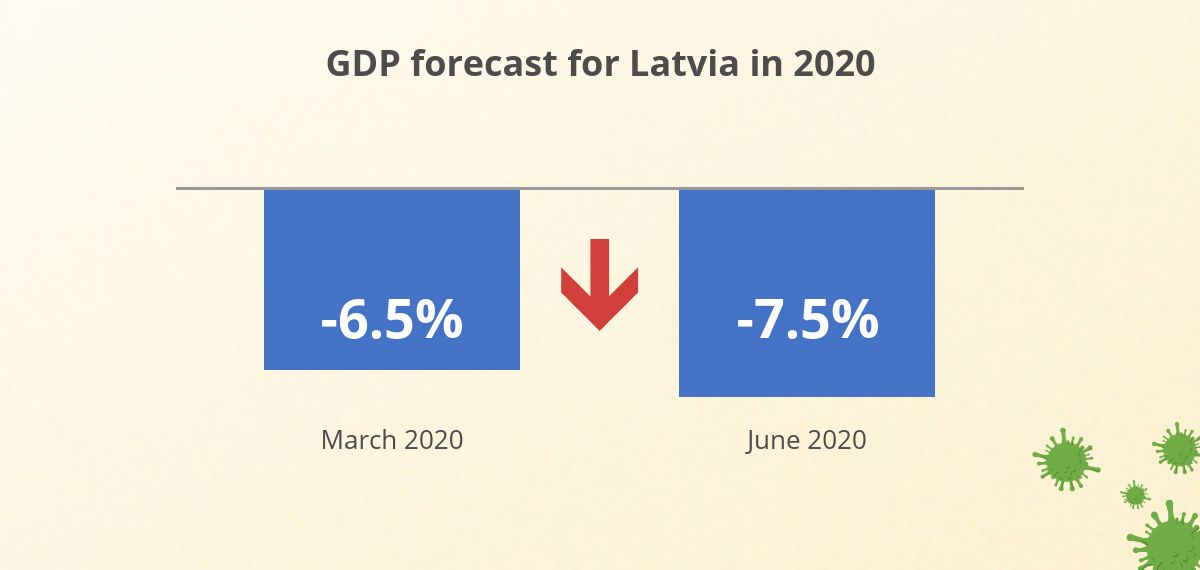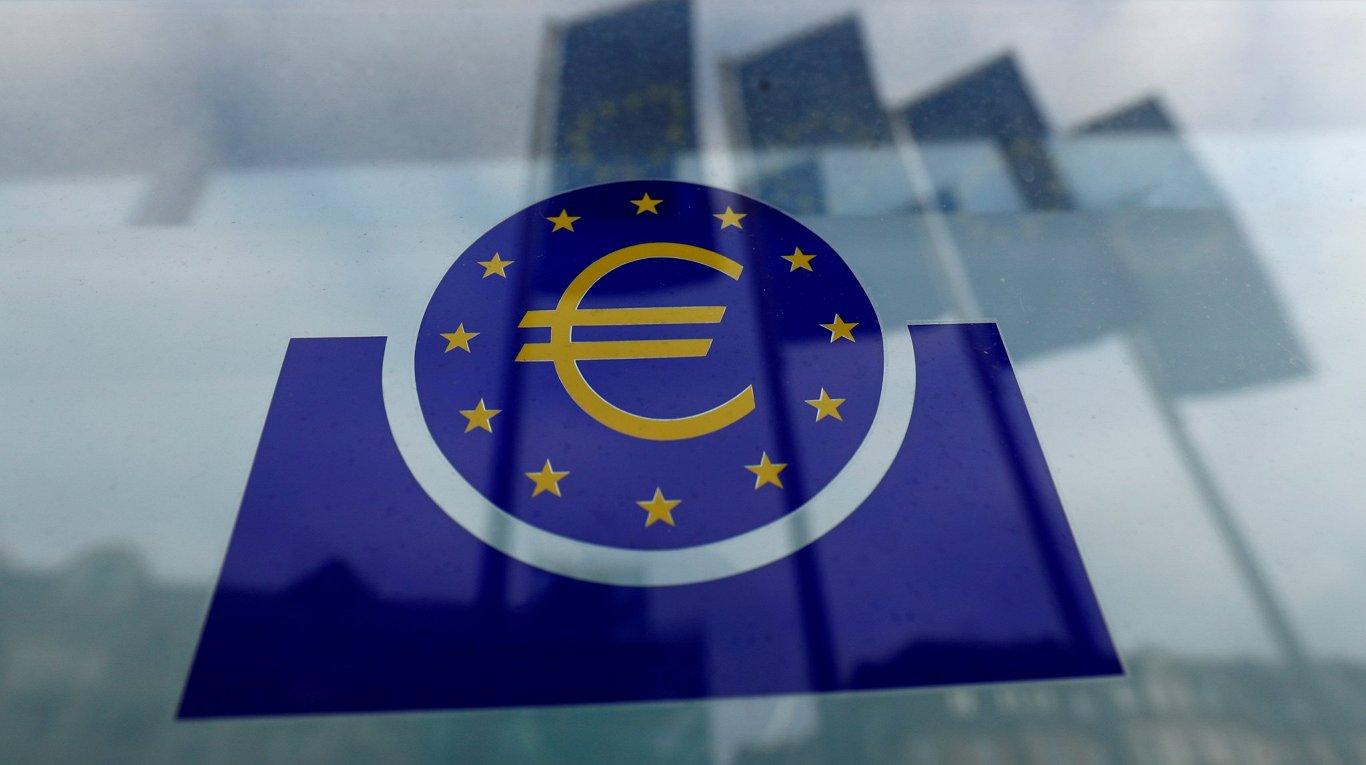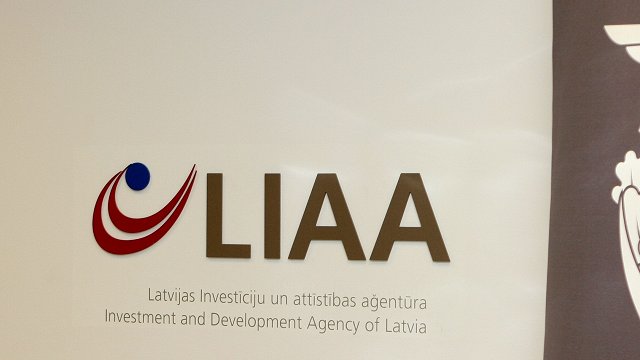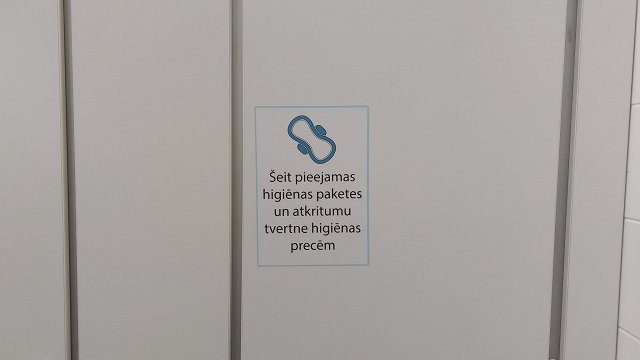The institution predicts the economy to grow 6.7% in 2021 and inflation to be at 0.2%, the Bank of Latvia told the press June 5.
The new forecasts reflect the impact of the extension of the coronavirus-related state of emergency and accompanying safety measures. Read the full report to the press HERE.
"The COVID-19 pandemic has had a negative effect on global economic growth. Although the outbreak is past its peak and several countries already have plans for a gradual jump-start of their economies, the uncertainties surrounding the duration and extent of further restrictions to limit the virus spread and the ability of the economies to adjust to the new circumstances remain high. Central banks and governments have responded actively to the crisis by implementing monetary and fiscal policy support measures.
"International institutions project a decrease in the global GDP in 2020. The euro area has also already recorded a drop in economic activity in the first quarter, and the fact that the economic sentiment indicators have fallen to their historical lows signals an even deeper plunge in the second quarter.
"According to Latvijas Banka assessment the economic environment has deteriorated since the publication of its March forecasts. The most recent forecasts factor in an extension of the state of emergency until 9 June and a longer duration of the precautionary measures to limit the spread of COVID-19, even though part of the measures are being lifted gradually. A modest result was recorded for Latvia's GDP in the first quarter, industrial confidence indicators deteriorated significantly and the outlook for external demand is also weaker than at the onset of the COVID-19 crisis. Therefore, Latvijas Banka has revised its GDP projections for 2020 downwards from –6.5% in its March forecast to –7.5% in its June forecast.
"The updated forecast suggest that the restrictions imposed in the field of services (cancellation of public and private events) and travelling bans have a considerable downward effect on consumption, affected also by falling incomes. The uncertainty surrounding the gravity and duration of the consequences of the COVID-19 pandemic has resulted in a more cautious spending behaviour of households; therefore, the fall in consumption is estimated to be deeper than that in disposable income. Services exports are affected heavily as tourist flows and passenger transportation by air ceased due to the imposed state of emergency restrictions. At the same time, a broad-based weakening of activity in external markets reduces exports of goods.
"Investment is expected to shrink significantly in 2020. Despite the favourable effect of the government's decisions to increase public investment, the high degree of uncertainty will act as a limiting factor to new private investment.
"The government's crisis support measures to businesses and households and the planned public investment to stimulate the economy have pushed the fiscal deficit above 7% of GDP (the cut-off date for fiscal measures included in the present forecast is 25 May). The European Commission has relaxed the fiscal deficit rules in this crisis, allowing flexibility in addressing the crisis consequences, to the extent that it does not undermine the sustainability of public finances. At the same time, the government can provide significant support, as, during the present crisis, Latvia is able to borrow in external markets, increasing the government debt to close to 50% of GDP.
"Assuming a gradual recovery of the economy as of the second half of 2020, Latvijas Banka projects a 6.7% GDP growth in 2021. This scenario, however, expects that the recovery of the economic activity, following significant restrictions as well as demand and confidence shocks, will be uneven, failing to reach the levels projected before the crisis over projection horizon, i.e. by 2022 and returning to the pre-crisis level at the end of 2021, with significant differences across sectors.




























